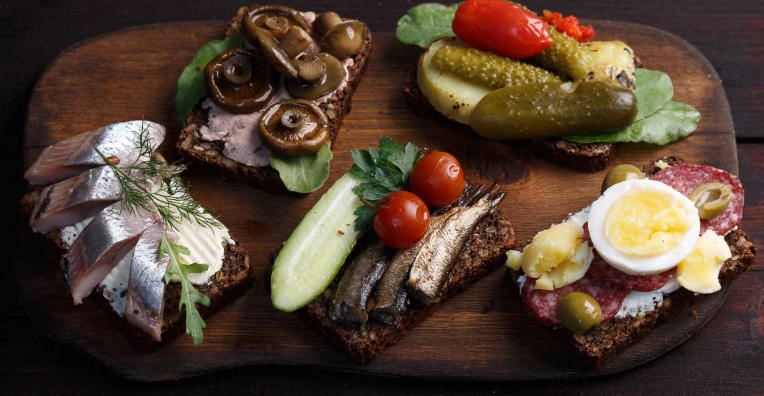How Coastal Geography Shapes Norwegian Cuisine
Norwegian cuisine, renowned for its healthy and sustainable ingredients, is deeply influenced by the country’s remarkable coastal geography. With fjords, islands, and a long coastline, the land has shaped both the local diet and culinary traditions. Understanding how these geographical features impact food choices not only enriches our appreciation of Norwegian culture but also provides insights into sustainable eating practices.
The Abundance of Seafood
Norway’s extensive coastline offers a treasure trove of seafood, making it a cornerstone of the nation’s cuisine. The cold, clean waters are home to various fish species, such as cod, haddock, and salmon, which are staples in many Norwegian dishes. Additionally, the fishing culture is integral to local communities, with traditions that date back centuries. The preservation methods, such as drying and smoking, evolved out of necessity and are still practiced today, imparting unique flavors to dishes like “klippfisk” (dried and salted cod) and “rakfisk” (fermented fish). This seafood abundance not only promotes a healthier diet but also supports sustainable fishing practices that have become vital to Norway’s economy.
Foraging Coastal Delights
The coastal geography of Norway does not just provide fish; it also boasts an array of foraged ingredients, such as seaweed, wild herbs, and berries. The rocky shores and tidal zones are rich with varieties of seaweed that offer both flavor and nutritional benefits. For instance, “tang” (seaweed) is increasingly incorporated into modern dishes, adding a unique umami taste and promoting health benefits. Moreover, hiking along the coast allows foraging enthusiasts to discover local herbs that flourish in the salted sea air. This practice of foraging embodies the Norwegian respect for nature and sustainability, encouraging a farm-to-table approach that celebrates the local ecosystem.
Culinary Traditions on the Coast
Norwegian culinary traditions are closely tied to its coastal landscape, resulting in a unique fusion of old and new practices. Traditional coastal dishes often highlight simplicity and the quality of ingredients rather than complexity. Meals such as “lutefisk” (dried fish reconstituted in lye) and “fårikål” (lamb and cabbage stew) reflect time-honored techniques and seasonal offerings. While these dishes are revered, modern Norwegian chefs are also reimagining traditional recipes by incorporating local, seasonal ingredients and contemporary cooking styles. This evolution showcases Norway’s rich culinary heritage while also embracing innovation and sustainability.
In conclusion, the coastal geography of Norway profoundly shapes its cuisine, creating a unique food culture that emphasizes seafood, foraging, and traditional practices. This beautiful landscape molds not only the flavors and ingredients found in regional dishes but also the values of sustainability and community that are central to Norwegian life. If you’re intrigued by how geography influences cuisine, consider diving deeper into the world of Norwegian food, whether by trying recipes at home or exploring local restaurants.

